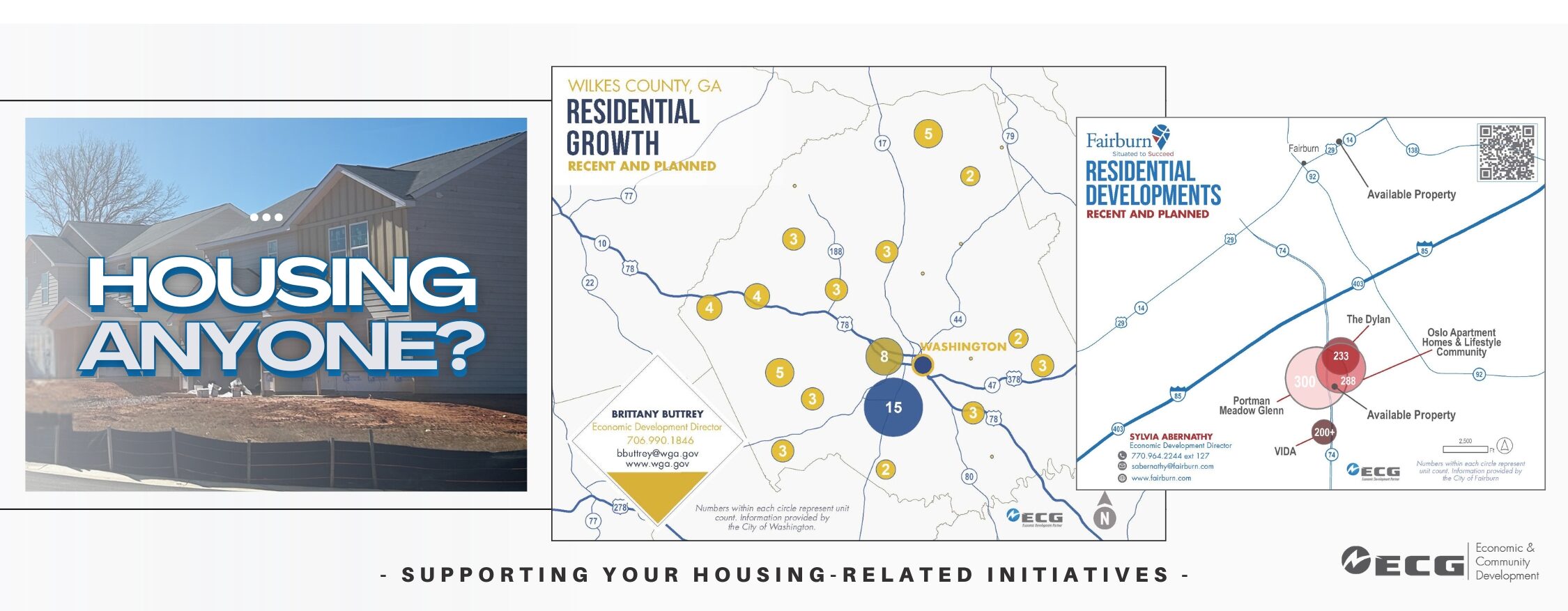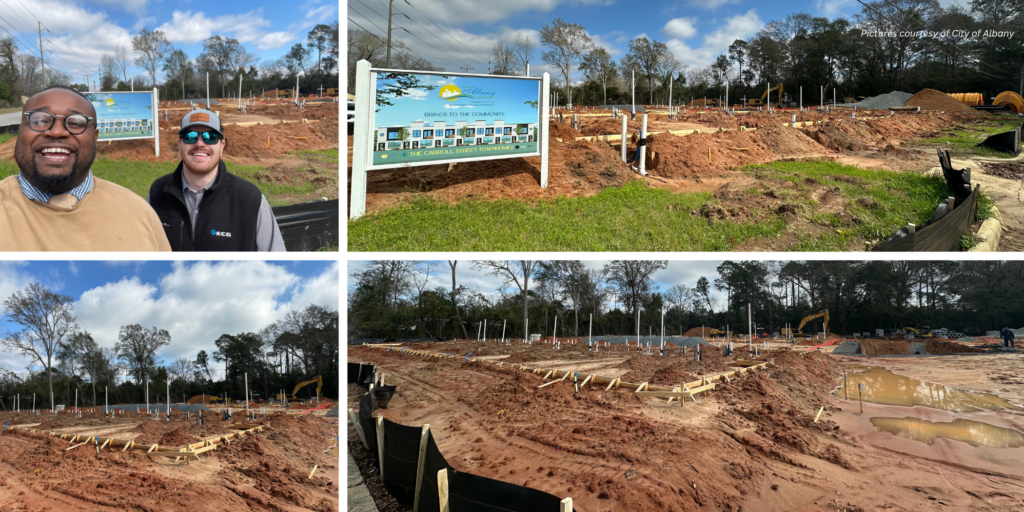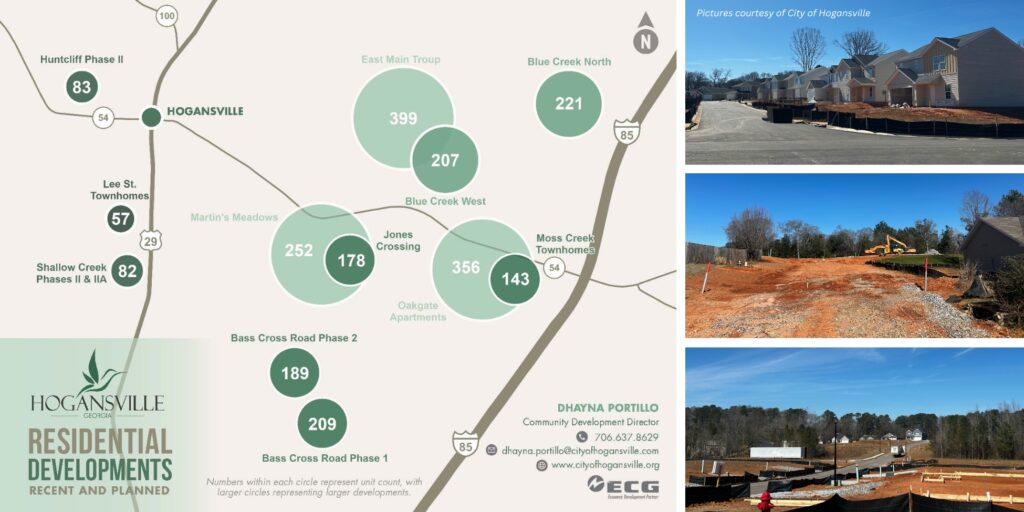26 Feb 2025
Building Stronger Communities: Key Housing Strategies for 2025 and Beyond


Did you know that in 2024, KB Advisory Group estimated that Georgia needs an additional 714,779 housing units to meet its current housing needs?
ESRI’s Business Analyst estimates that roughly 322,000 housing units were built in Georgia from 2010 to 2020.
With housing being a crucial part of the economic development equation, the current pace of development falls far short of meeting the state’s growing demand. This gap presents both a challenge and an opportunity for communities across the state. The question isn’t just how to build more housing but how to ensure that development aligns with local needs, economic goals, and long-term sustainability. Addressing this issue requires strategic zoning, innovative housing solutions, and strong public-private partnerships to create communities where people can live, work, and thrive.
Here are several strategies to support your housing-related initiatives.
 The importance of Zoning
The importance of Zoning

When was the last time your residential zoning ordinances were updated? If you can’t remember, it may be time for an update! Some local government zoning ordinances prohibit smaller lot sizes and building footprints which makes housing more costly for developers to build and for our workforce (teachers, nurses, and first responders) to purchase. Quality zoning and design guidelines are important, but it’s also important to make sure that your ordinances aren’t excluding residential developments that you would like to see in your community!
Many developers are finding that existing zoning regulations in some communities are restrictive, making it difficult to build new housing at attainable prices.
For example, if the zoning regulations for a new residential development require a 5-acre minimum lot size, then housing may never be affordable to the teachers, nurses, and first responders that live and work in the community. Additionally, infill development in downtown areas, downtown apartments, or downtown lofts may not be permitted.

You may be familiar with the concept of “Missing Middle Housing,” or you may have come across it in practice without realizing it. Missing Middle Housing refers to a variety of residential building types that fall between single-family homes and large apartment complexes. These housing types were common in many neighborhoods before suburban sprawl became widespread, but over time, they have become less prevalent.
Examples of Missing Middle Housing include duplexes, triplexes, fourplexes, townhouses, and cottage courts.
The concept aims to fill the “missing” gap in housing options, offering more affordable and diverse living choices that accommodate various family sizes and income levels without drastically changing the character of existing neighborhoods. These homes were quite common until the 1940s, particularly in downtown areas. Downtown areas can be ideal for infill development opportunities, but zoning ordinances often restrict the implementation of the missing middle concept.


If your community needs help with strategic housing solutions or housing-related ideas, one strategy to consider is the Georgia Initiative for Community Housing (GICH). The GICH program supports communities in developing locally driven housing and revitalization initiatives and gives access to various resources that assist with community planning and preparation. The program is a three-year commitment, and applications are usually due in July each year.
The 2025 Housing Outlook
Experts at the University of Georgia and across the country expect an increase in single-family housing developments in 2025.
Housing development interest in Georgia is gaining momentum, and we are seeing an increase in interest in applying for the Georgia Rural Workforce Housing Grant, which the Georgia Department of Community Affairs (DCA) offers to develop homes that are for sale and have a maximum cost threshold.
The Housing grant is a great avenue to reduce the price of entry for developers and to reduce the price of entry for communities and developers.
In Conclusion
Housing is an essential component to the economic development equation, but that doesn’t mean every community wants to experience the same type of growth. Every community is unique and has different challenges and opportunities when it comes to housing.
Want to discuss the housing needs in your community? Reach out to Jon R. McBrayer, MPA, our Sr. Community Development Coordinator.
